
When League of Nations reporters put Geneva on the map
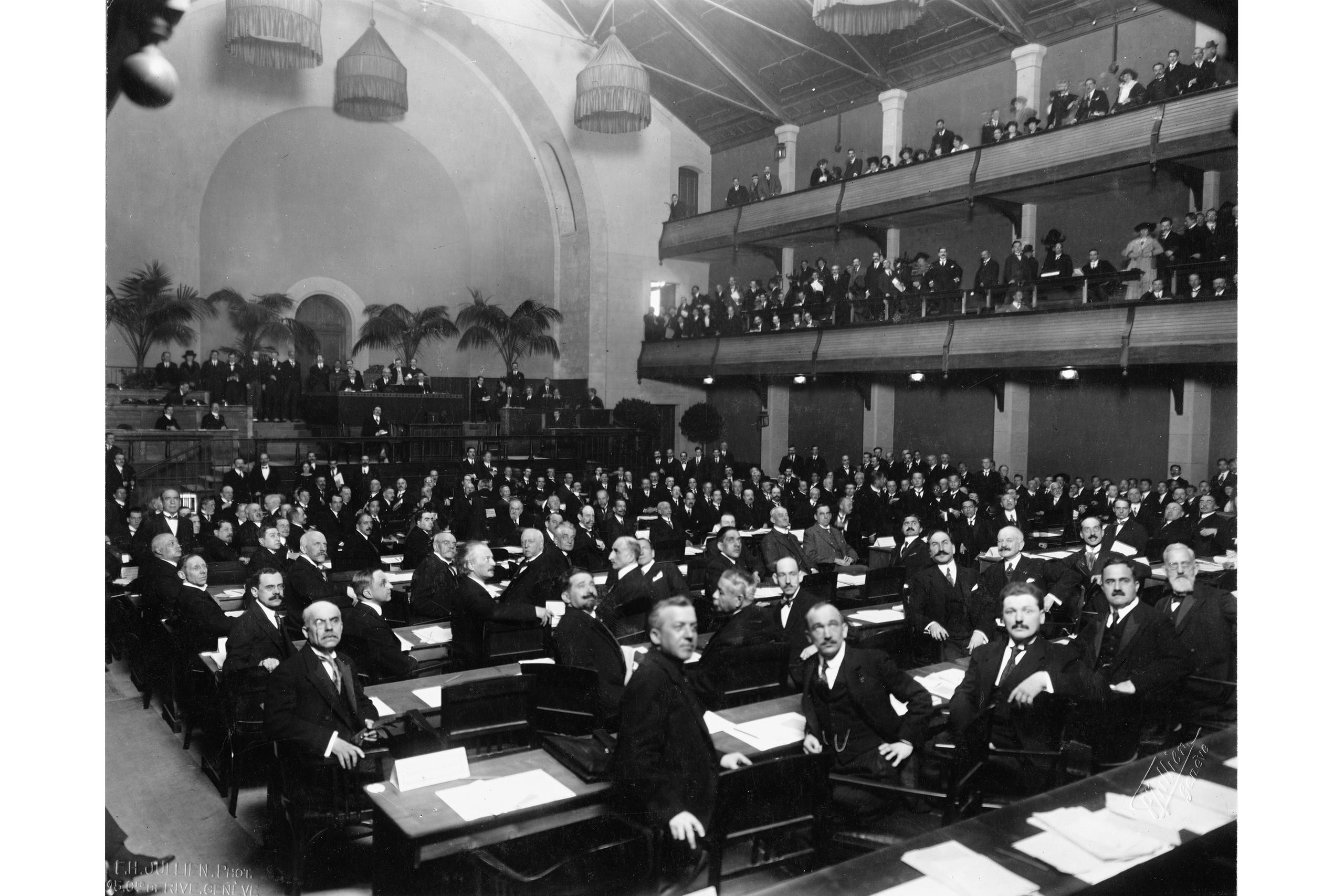
In June 1919, the Treaty of Versailles gave birth to the League of Nations, with Geneva as headquarters of this first international peacekeeping organisation. During its lifetime, nearly 1,500 international journalists were based in the Swiss city reporting on the organisation’s news.
At the end of the First World War, as global powers thrashed out a new international order at the Paris Peace Conference on January 18, 2019, Swiss president and president of the International Committee of the Red Cross, Gustave AdorExternal link, led a push for his native Geneva to become home to the headquarters of the League of NationsExternal link. The idea was eventually accepted by the victors of the Great War, thus considerably boosting Geneva’s global notoriety.
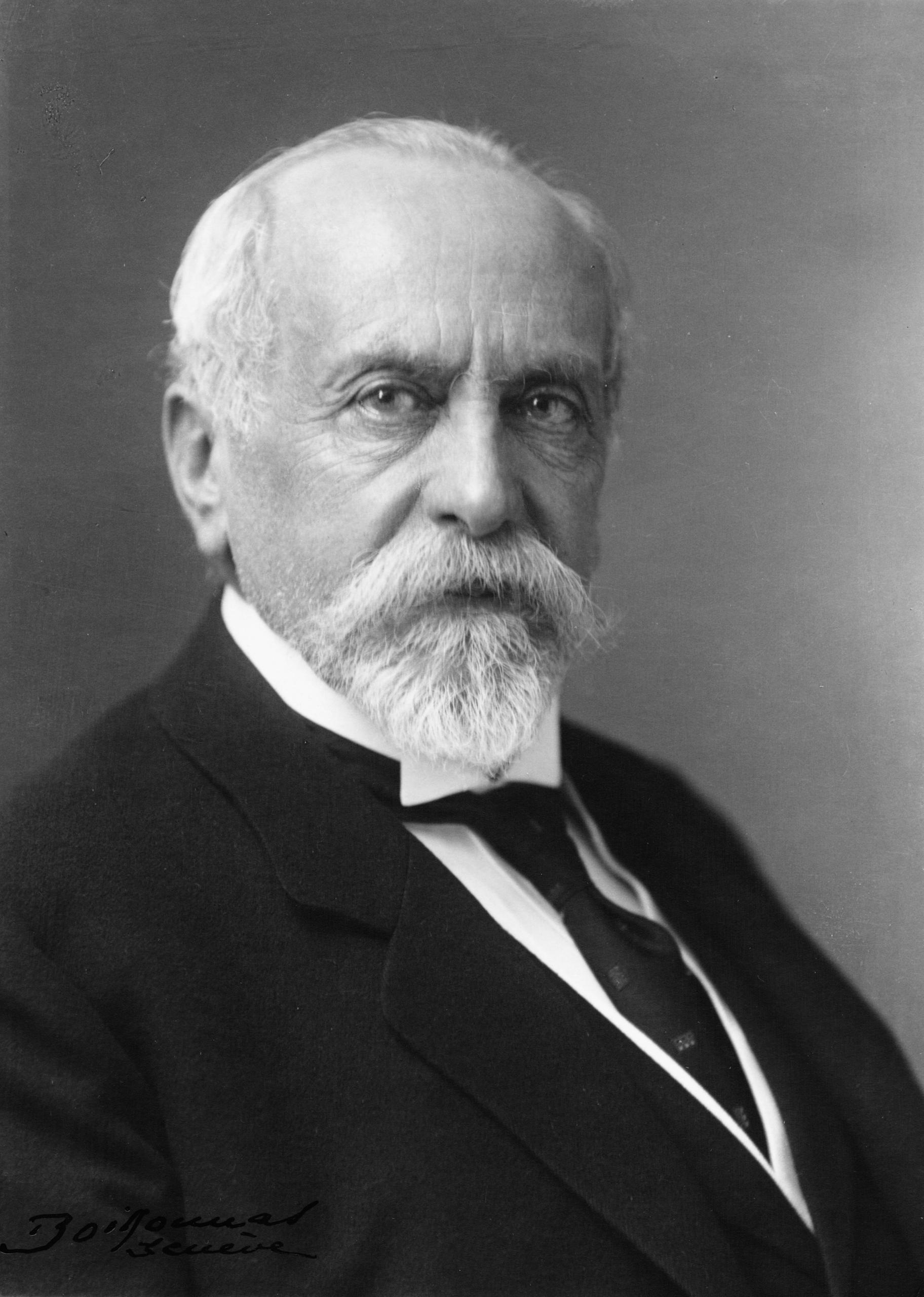
The journalists who flocked to the shores of Lake Geneva reported and documented the beginning of international relations in the 20th century, the founding of multilateralism and the history of international organisations.
“These journalists played a fundamental role at the beginning of the League of Nations because they gave it a legitimacy and an authority that the young organisation desperately needed,” said Davide RodognoExternal link, professor of international history at the Geneva-based Graduate Institute of International and Development StudiesExternal link.
“I also believe that the League of Nations’ publicity department was pivotal [because] the information was channelled, managed and disseminated even in the circles of the most critical journalists. The same goes for Switzerland. Suddenly, Switzerland was on the map.”
At the time when the League of Nations was starting to take shape and foreign reporters were arriving in Geneva, the voyage between Japan and Geneva, for example, took around one month. But that did not stop Japanese journalist Seigo Watanabe, who immediately set sail for Geneva. Watanabe wrote in the Asahi Shimbun daily on August 6, 1919, that, even though the headquarters of the League of Nations was a “huge Gothic building”, he was “surprised that it is too small to be a headquarters”.
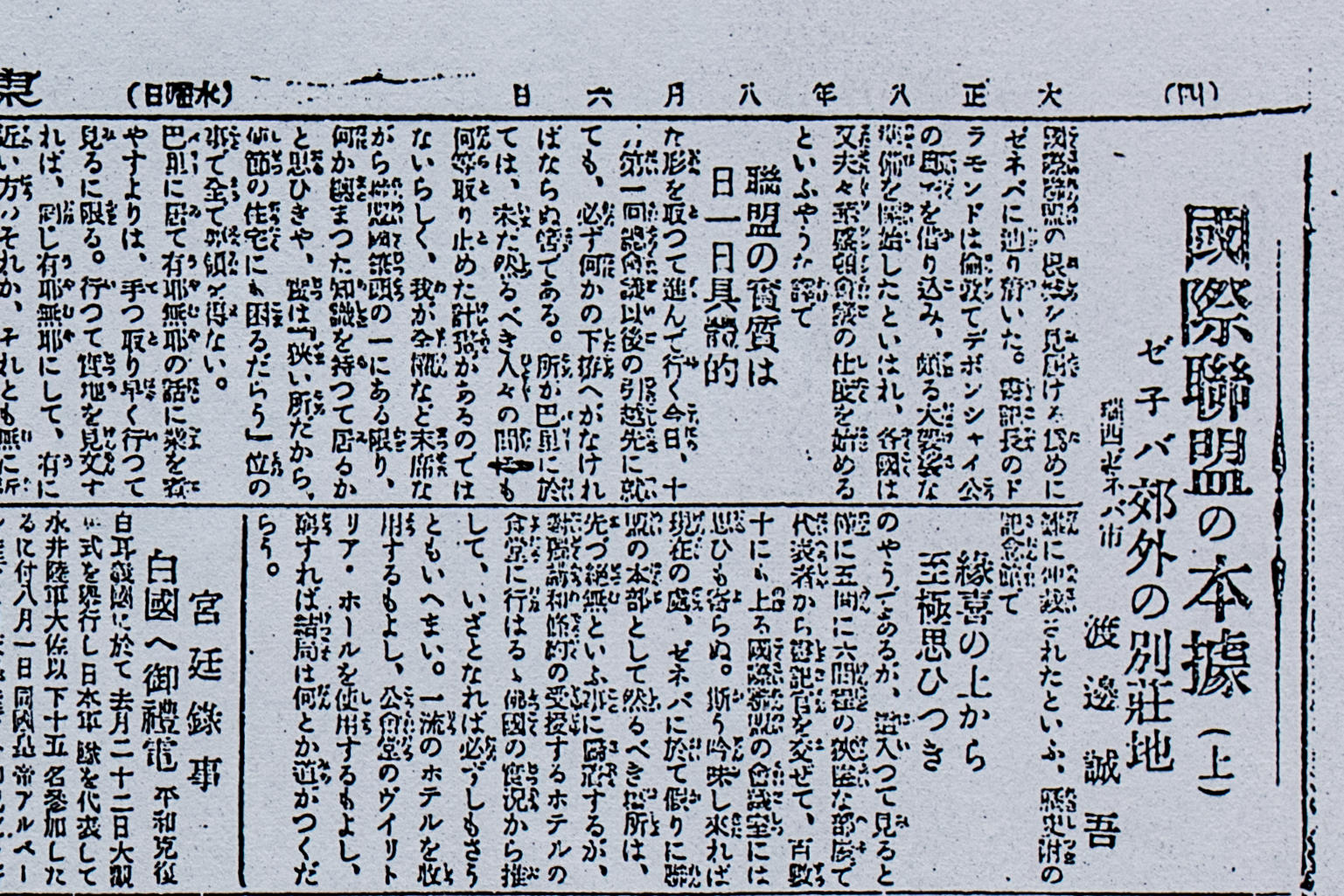
The journalists based in Geneva primarily covered international politics, the politics of peace, social justice and international efforts in the area of workers’ rights. These last two issues were managed by the International Labour Organization (ILO), also established 100 years ago by the Treaty of Versailles and based in Geneva. With the Russian revolution and its potential expansion, the media took a keen interest in the work of the ILO.
League journalists
After the creation of the League of Nations [which from 1920 had its headquarters at the Palais Wilson building by the lake before moving to the Palais des Nations in 1936] politicians, intellectuals, reporters and tourists interested by Geneva travelled to the western Swiss city. Although not all of the documents from the time have been completely conserved, the archives at the Palais des NationsExternal link have lists and photographs of foreign journalists.

The International Association of Journalists Accredited to the League of NationsExternal link was established in January 1921, a year after the official launch of the organisation. According to the archives, it was made up of 1,456 journalists from 55 countries. Some journalists also came from non-member countries such as the United States and the Soviet Union, or from countries like Germany, Italy or Japan which withdrew from the League before the Second World War. Others came from the free city of Danzig or the Saar region, between France and Germany, which were under the protection of the League during the period between the wars.
In 1933, amid heightened international tensions, around 2,000 journalists were based in Geneva covering the League’s meetings. Allegations of spying by journalists were occasionally reported.
Growing Swiss focus
After Switzerland’s popular vote on May 16, 1920 to join the League, there was increased global media interest in Swiss politics.
Before then, international reporters rarely covered events in Switzerland, apart from features on nature and the Alps. As the number of foreign journalists living in Switzerland slowly increased, they sent home a broader view of Switzerland. Their articles focused not only on the beauty of the countryside, but also covered the Swiss political system, neutrality and cultural events.
As the number of foreign journalists in Switzerland grew, 1928 saw the creation of the Foreign Press Association in SwitzerlandExternal link in Geneva which is still active today.

The media company Argus Suisse de la Presse had its headquarters in Geneva at the time, from where it sold information and news. The firm researched and translated newspaper articles, reviews, telegrams and telephone calls for sale to sell around the world. Hundreds of people were involved in the multilingual translation work.
At the time, the small Alpine nation had only limited influence on international politics. But since information that the world was interested in was being developed in Geneva, overseas readers and listeners steadily began to follow the news coming out of Switzerland.

Local impact
The League of Nations not only influenced Swiss politics, but it also had an impact on local Geneva society and culture. The number of foreign residents increased, and the different communities mixed. Concerts were organised by national delegations to the League of Nations, for example. The Lausanne Gazette newspaper reviewed the 1930 performances by a traditional Japanese theatre troupe in Geneva and Lausanne, the first traditional Noh Theatre performances in Switzerland.
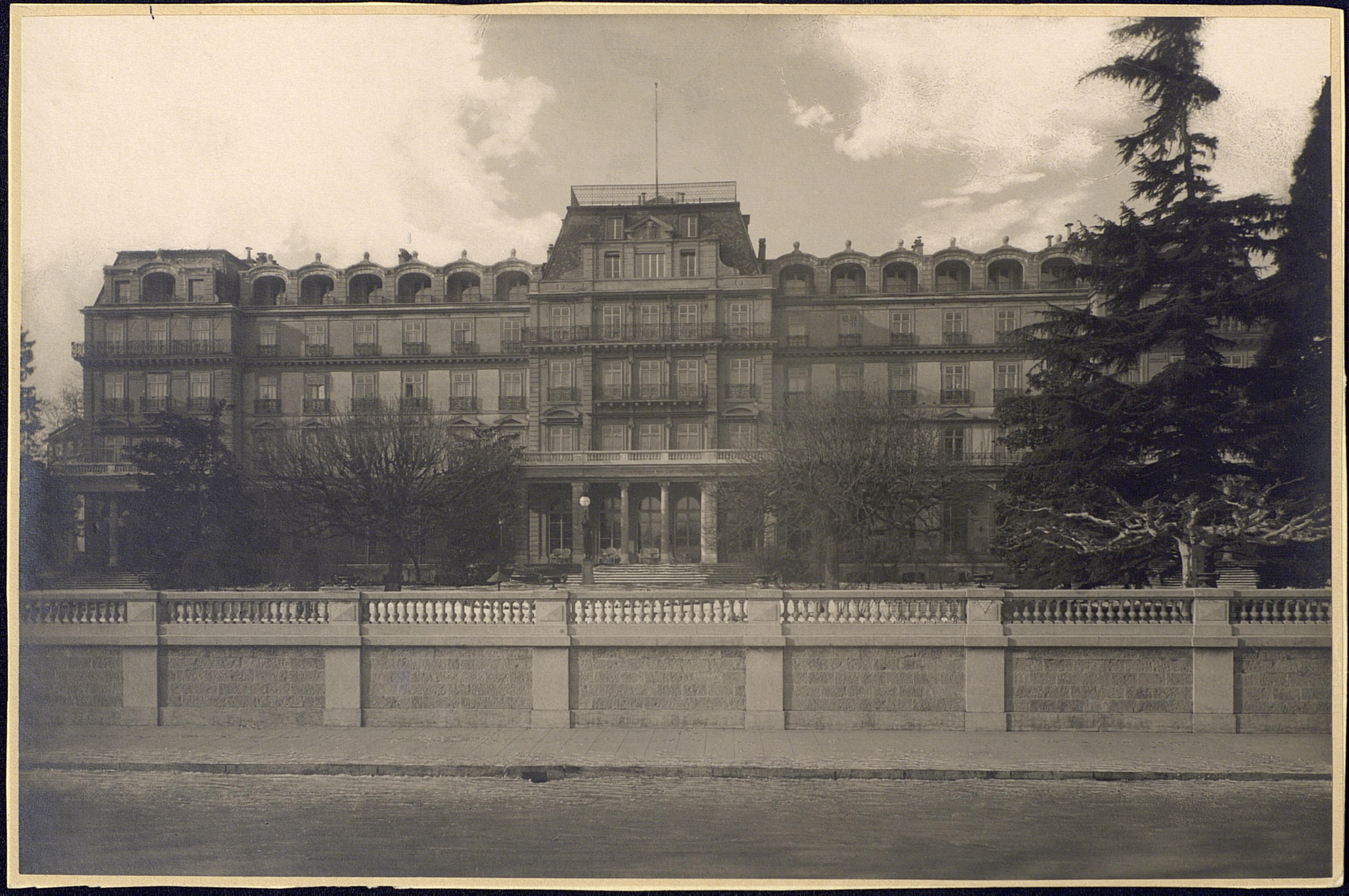
In 1939, having failed in its primary mission to resolve international conflicts, the League of Nations fell into irrelevance at the start of the Second World War. Dissolved at a final Assembly held in Geneva in April 1946, the League handed over its properties and assets to the UN, including the Palais des Nations.
The main headquarters of the United Nations, created in 1945, was established in New York. But Geneva today hosts the UN’s European headquarters at the Palais des Nations, and 37 international organisations. In all, almost 32,000 international diplomats and civil servants are based in the city, of whom around 2,700 staff are working for 380 non-governmental organisations. Around 9,500 staff work for the United Nations. There are also 179 states represented by permanent diplomatic missions, and 3,400 international conferences and meetings are held every year. According to the Swiss Press Club, around 500 journalists are still active in the city covering International Geneva.
Translated from French by Sophie Douez

In compliance with the JTI standards
More: SWI swissinfo.ch certified by the Journalism Trust Initiative

























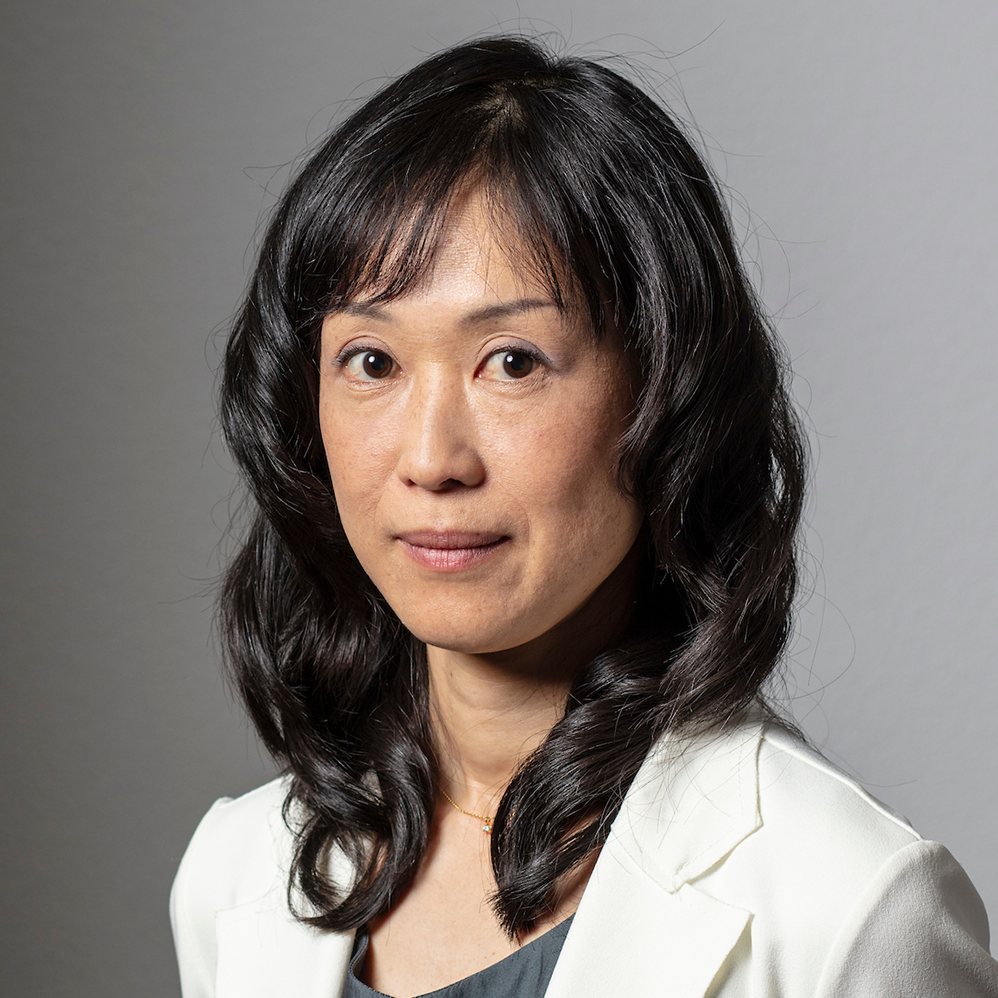
You can find an overview of ongoing debates with our journalists here . Please join us!
If you want to start a conversation about a topic raised in this article or want to report factual errors, email us at english@swissinfo.ch.